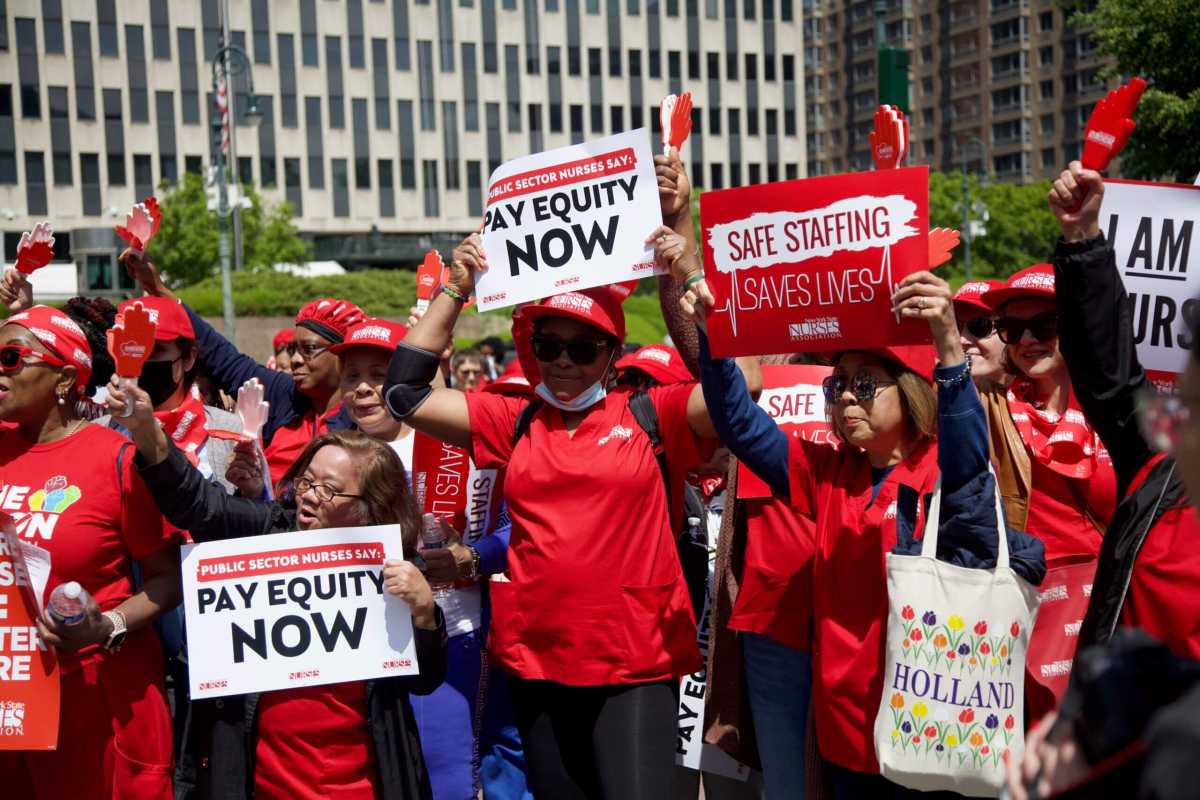BY DOUG CLAFFEY/ENERGAGE
Communication and collaboration are more important than ever. Many of us are now working from home, using technology in new ways. How can you promote and strengthen cross-departmental collaboration among a dispersed workforce? Draw on these six ideas from Energage research:
Recreate collaboration using tools and technology: For folks who are accustomed to working together face to face, collaboration includes both verbal and nonverbal body language. The ability to duplicate as much of that as possible using tools like Zoom and GoToMeeting is really important to team collaboration.
Be intentional about interdepartmental collaboration: Because you can no longer rely on impromptu gatherings, establish more formal connections between departments. Be intentional about it. These liaisons will help ensure, for example, that product development is working with customer success or sales. At a senior leader level, ensuring this level of collaboration is occurring is even more important in a remote work environment.
Show appreciation through communication and collaboration: Thank people and acknowledge them for their contributions. Demonstrate gratitude in informal ways. Show appreciation for their work as well as for the stress and difficult challenges employees are facing.
Apply company values in decision making: Values show up most powerfully in how they influence decision‑making. This is especially true when an organization is under stress, as many are right now. The extent to which values are part of the conversation and the degree to which employees refer to your company values are essential behaviors. It’s about getting out there and being explicit about your company values. Bring them into decision-making through discussion and collaboration. Reinforce them.
Ensure employees are clued-in to critical decisions: Remember: communicate, communicate, communicate! Make sure information is getting out to employees frequently and through multiple channels. Use video chats, regular email correspondence, and team conferences. Employees want to feel clued-in – but they also don’t want to be overwhelmed. Use bite‑sized communications more frequently, rather than fewer, more comprehensive updates. Be sure communications are confident but they not overly confident. Be candid around those topics, and share what you know.
Encourage social interaction among employees: You may have employees who are alone without the opportunity to socialize. The inability to interact with others is a problem for everyone. For people with mental health challenges such as depression and anxiety, isolation can add extra stress. Check in with people on topics outside of work. Zoom happy hours, interest groups, or virtual breakout rooms are some examples. In other words, find creative and engaging ways for people to socialize.
Doug Claffey is founder of Energage, a Philadelphia-based research and consulting firm that surveyed more than 2 million employees at more than 7,000 organizations in 2019. Nominate your company as a Top Workplace at amny.com/nominate.


































